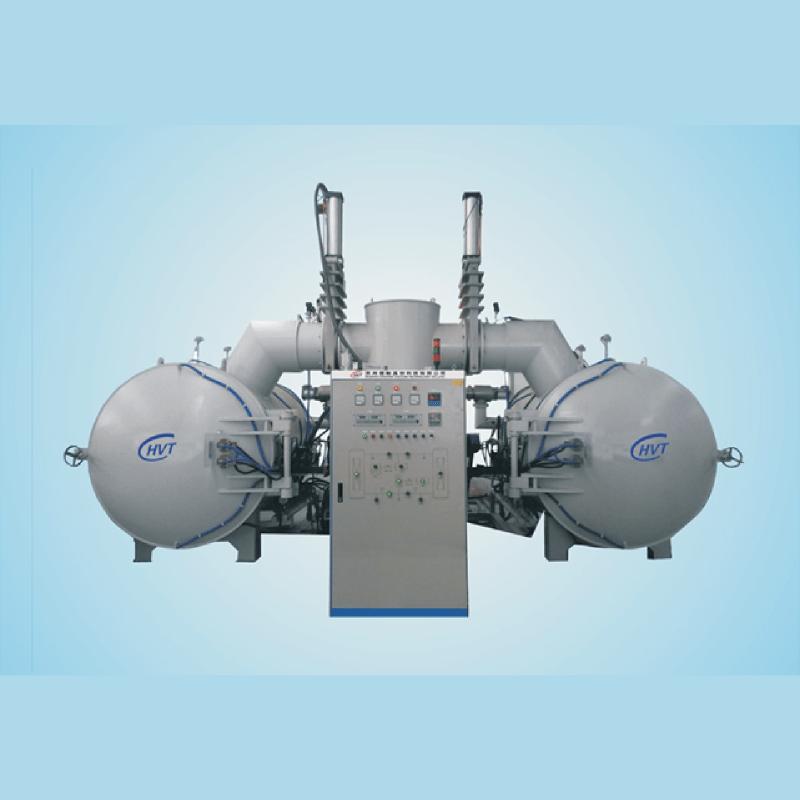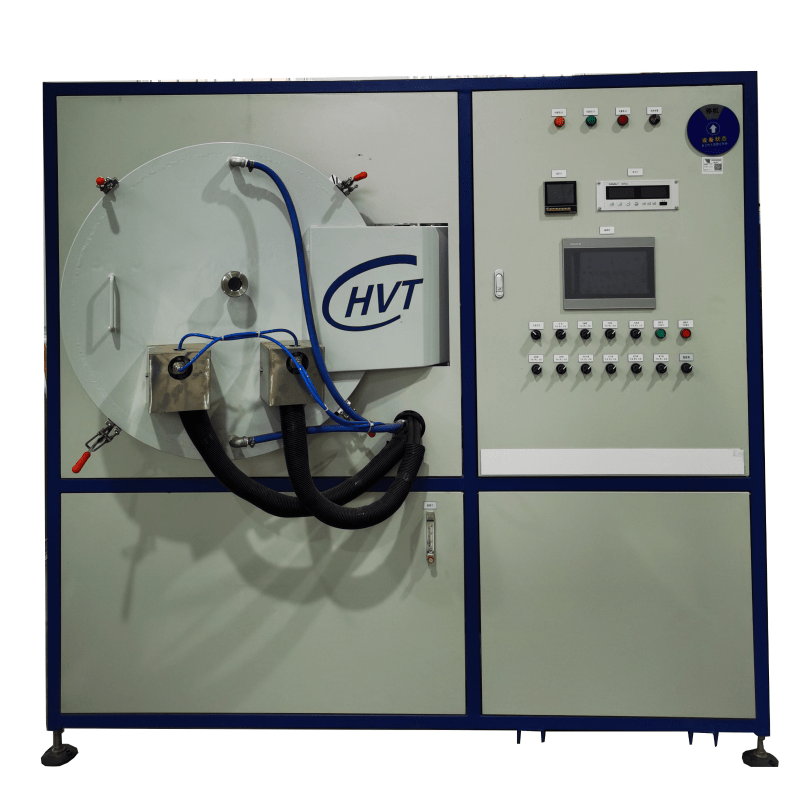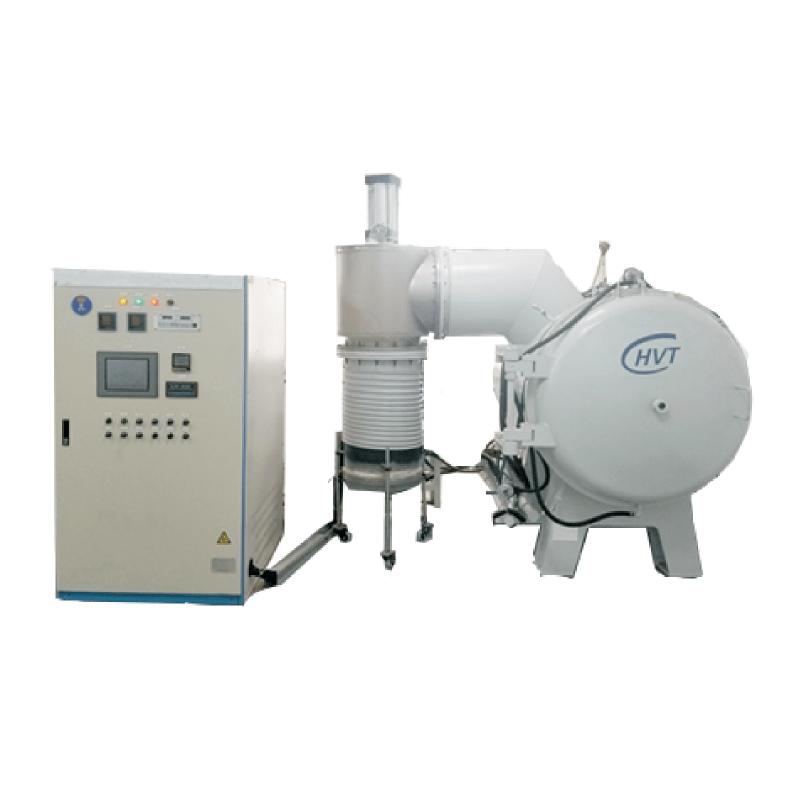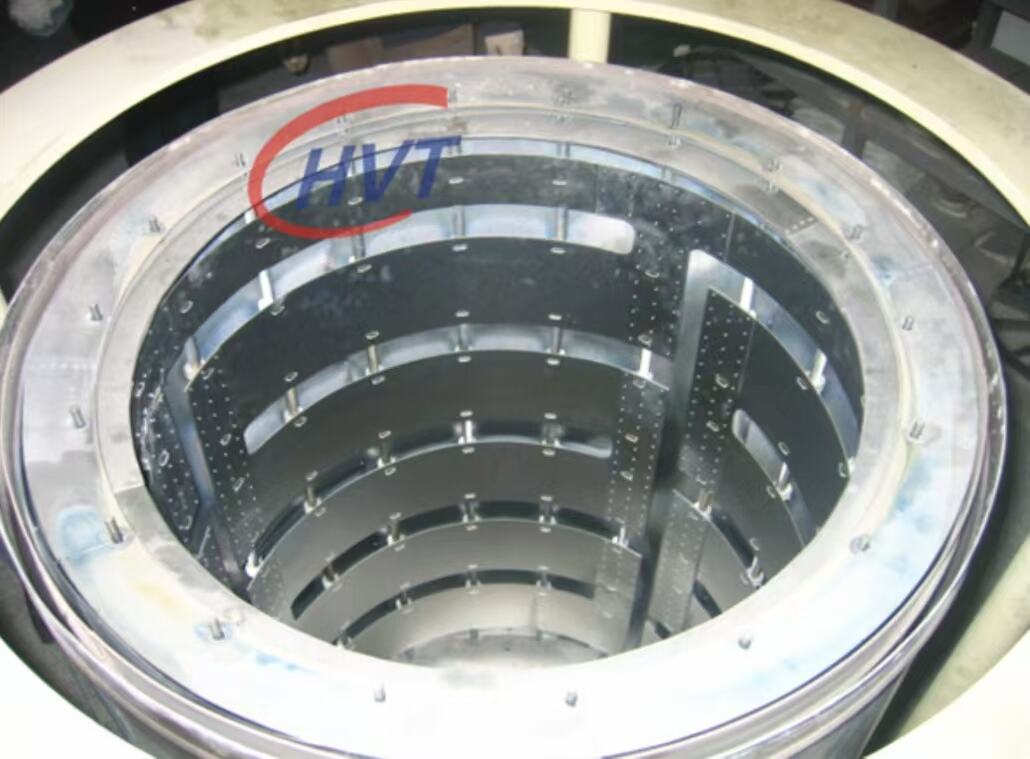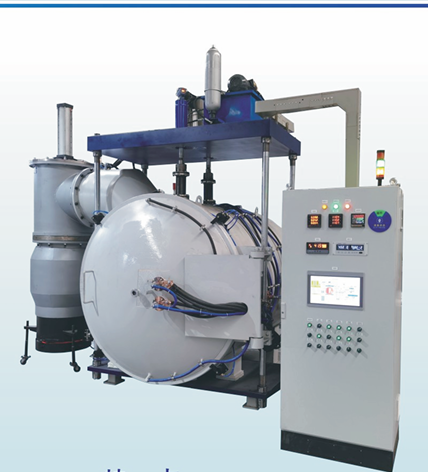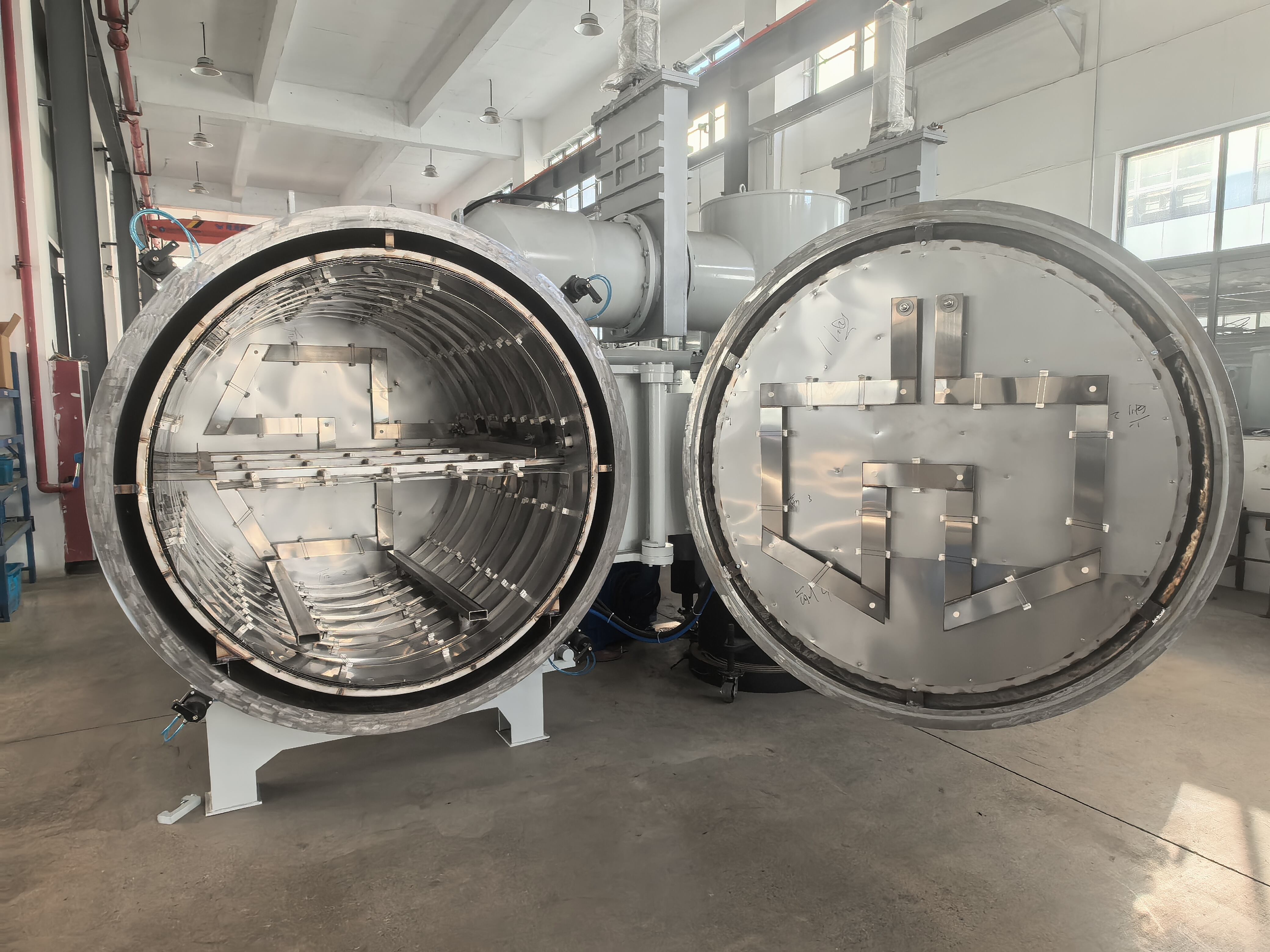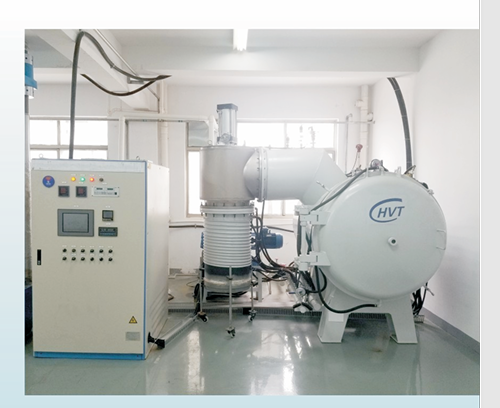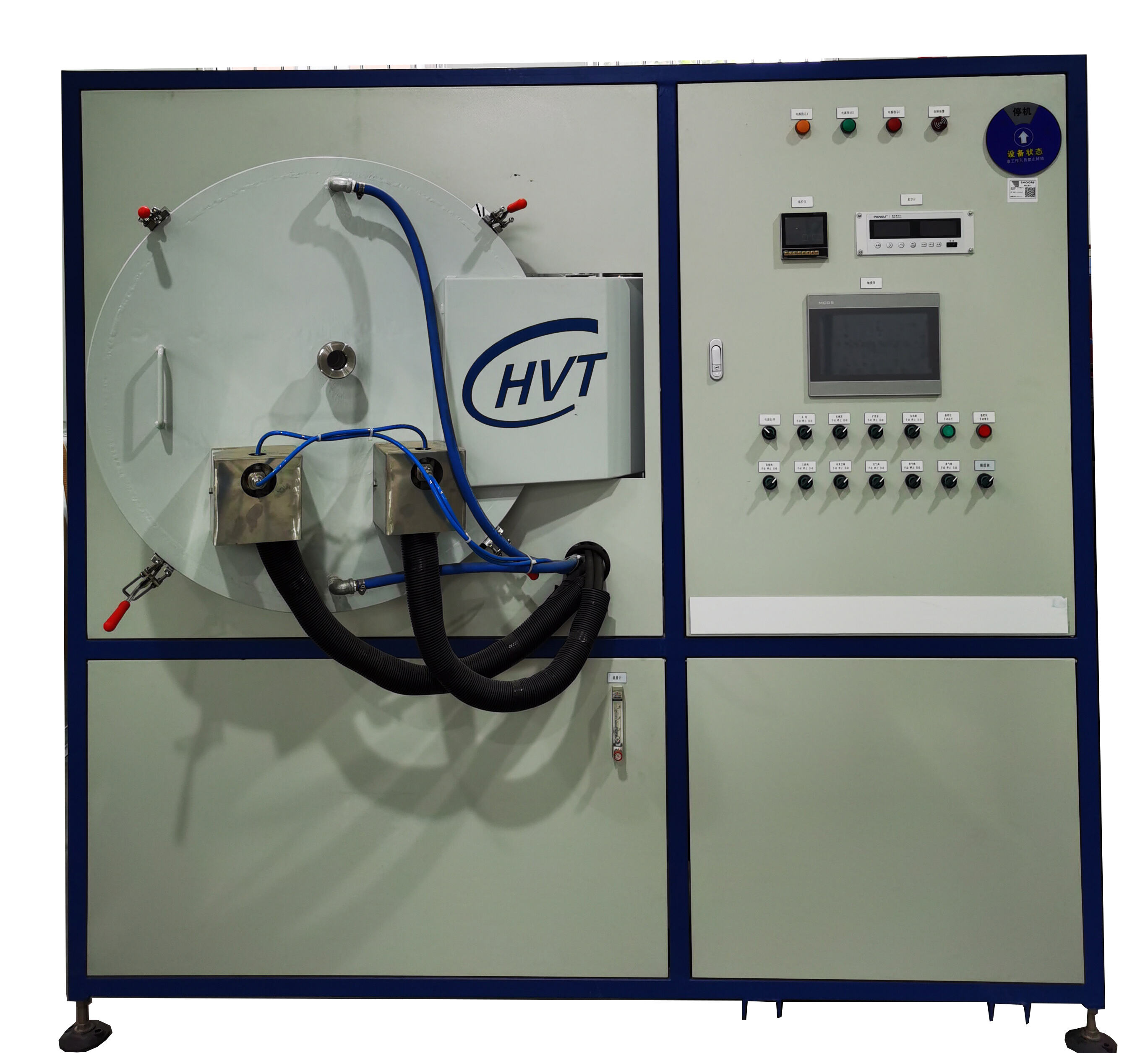aluminum smelting furnace
The aluminum smelting furnace represents a critical piece of equipment in modern metallurgical operations, designed specifically for the efficient production of aluminum through electrolytic reduction. This sophisticated system operates by maintaining precise temperature control, typically between 940-980°C, to facilitate the conversion of alumina into pure aluminum. The furnace features advanced carbon-lined steel shells that serve as cathodes, while suspended carbon anodes complete the electrolytic circuit. A distinguishing characteristic is its ability to handle continuous operation, processing molten cryolite-alumina mixtures while maintaining optimal electrical conductivity. The system incorporates automated monitoring systems that regulate crucial parameters including temperature, current density, and alumina concentration. Modern aluminum smelting furnaces are equipped with innovative heat recovery systems that significantly enhance energy efficiency, reducing operational costs while maintaining consistent production quality. These furnaces can process several tons of aluminum daily, making them essential for large-scale industrial applications in aerospace, automotive, and construction sectors.

